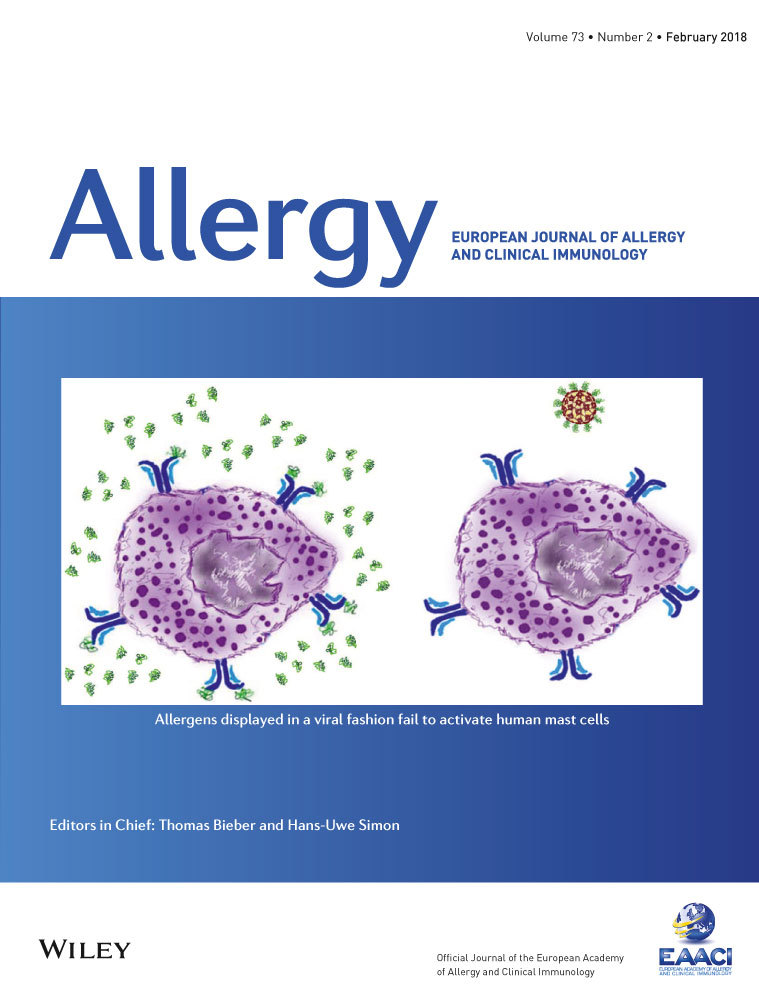Proteinase-activated receptor-2 blockade inhibits changes seen in a chronic murine asthma model
Funding information
This work was supported by grants from the Canadian Institutes of Health Research, Alberta Innovates-Health Solutions and the Lung Association of Alberta and Northwest Territories.
Abstract
Background
Proteinase-Activated Receptor-2 (PAR2) is a G protein-coupled receptor activated by serine proteinases. We have shown that PAR2 activation in the airways is involved in the development of allergic inflammation and airway hyperresponsiveness (AHR) in acute murine models. We hypothesized that functional inhibition of PAR2 prevents allergic inflammation, AHR and airway remodeling in chronic allergic airway inflammation models.
Material and Methods
We developed and used a 12 week model of cockroach extract (CE)-mediated AHR, airway inflammation and remodeling in BALB/c mice.
Results
Mice sensitized and challenged with CE for 12 weeks exhibit AHR, increased numbers of eosinophils in bronchoalveolar lavage (BAL) and increased collagen content in the lung tissue compared to saline controls. Administration of an anti-PAR2 antibody, SAM-11, after the initial development of airway inflammation significantly inhibited all these parameters.
Conclusions
Our data demonstrate that PAR2 signaling plays a key role in CE-induced AHR and airway inflammation/remodeling in long term models of allergic airway inflammation. Targeting PAR2 activation may be a successful therapeutic strategy for allergic asthma.




